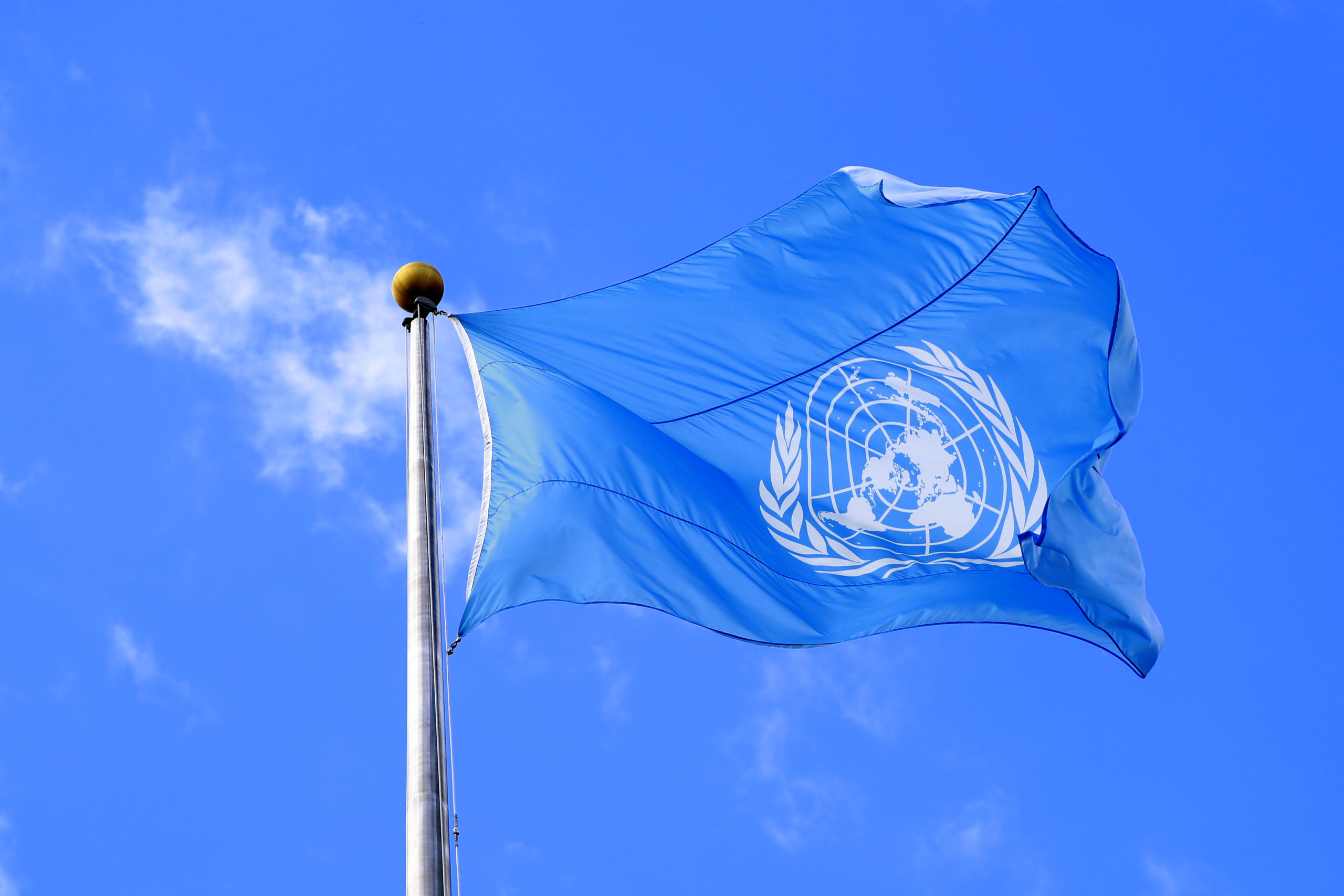MENA Report on Internal Displacement

Forced displacement has been a common denominator and one of the most visible and negative impacts of the humanitarian crises affecting many countries in the Middle East and North Africa (MENA) region today. Judging by the numbers, the scale of both internal and crossborder displacement could be deemed unprecedented in some. As of the end of 2019, around 12.5 million people were living in internal displacement as a result of conflict and violence, making MENA the second most affected region globally after Sub-Saharan Africa.
Entire families and communities have seen their lives disrupted by war and displacement, with women and children being impacted disproportionately. Entire urban areas have been turned into rubble by bombardments that have generated a high death toll and the destruction of key infrastructure that will take years to rebuild. The presence of booby traps and unexploded ordnance, and the ongoing conflict and insecurity in some areas, has meant that those forced to flee keep facing significant difficulties in reaching a durable solution to their displacement.
Often overlooked by ongoing violence, disasters have also aggravated the conditions of vulnerability and have functioned as drivers of instability and risk. Hundreds of thousands of people are displaced every year by floods, storms, and harsh winter conditions, and many of
them are IDPs that are pushed into secondary displacement. As a result of these chronic and protracted crises, disaster risk reduction, sustainable development and peacebuilding initiatives remain poorly implemented, and in many countries, the development gains achieved over the 1990s and 2000s have been pushed back for several years or even decades.
However, not all is negative. Good practices also exist across the region that could be extrapolated and adapted to different contexts. These include the development of more reliable data collection systems and platforms for collaboration and information exchange; the opening
of political dialogues; and the development of policies on returns and other forms of durable solutions that have helped IDPs in putting an end to displacement. Many of these initiatives have been led by governments of affected countries, showing that solutions are within reach
and that there is a window of opportunity to re-think and improve the current way of working.
About the report
With this background in mind, IDMC will be publishing a regional report on internal displacement in MENA. The report will be the first of its kind and will discuss the scale, drivers, patterns, and impacts of conflict, violence, and disaster displacement. It will analyze how these converge to generate chronic and protracted displacement. In addition, the report will highlight the main challenges in collecting data on internal displacement across the region and will suggest ways forward in order to develop better monitoring systems. Last, the report will unpack the potential solutions that can be put in place to have a higher degree of national and international accountability and responsibility towards addressing internal displacement and reducing future risk. The MENA regional report will analyze displacement trends for the last ten years (2010-2019).
It will be translated into Arabic and presented in both printed and digital formats.
Proposed Agenda
- Opening remarks by Qatar Charity CEO and QFFD DG
- Key findings of the Report by the Director of IDMC
- Discussion moderated by Director of IDMC with the following speakers:
o Minister from one MENA country affected by internal displacement due to
conflicts (Iraq)
o Minister from one MENA country affected by internal displacement due to
disasters (Iran)
o United Nations Resident Coordinator in Yemen
o Qatar Charity













